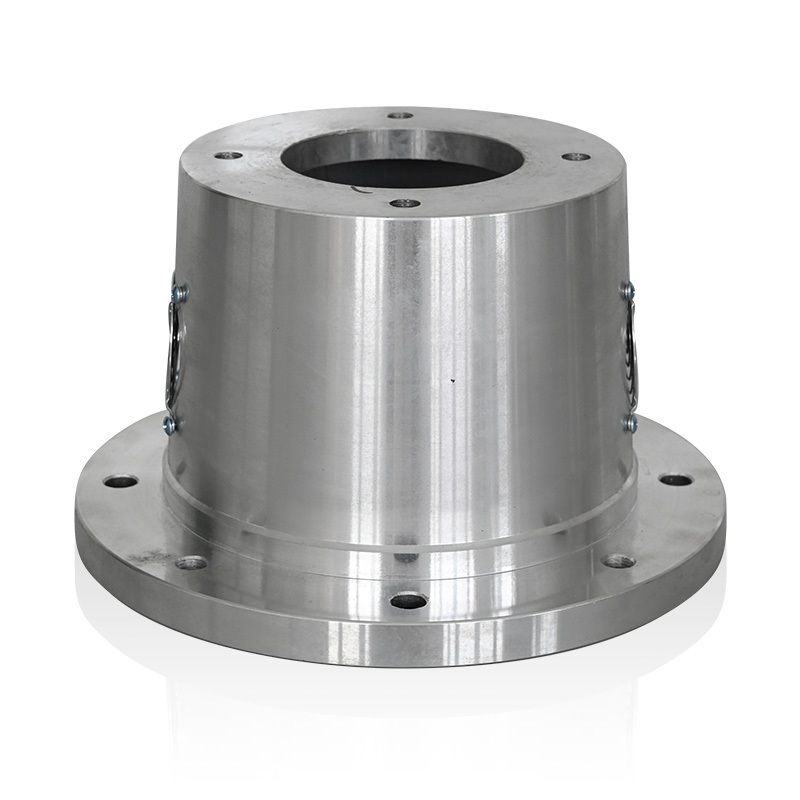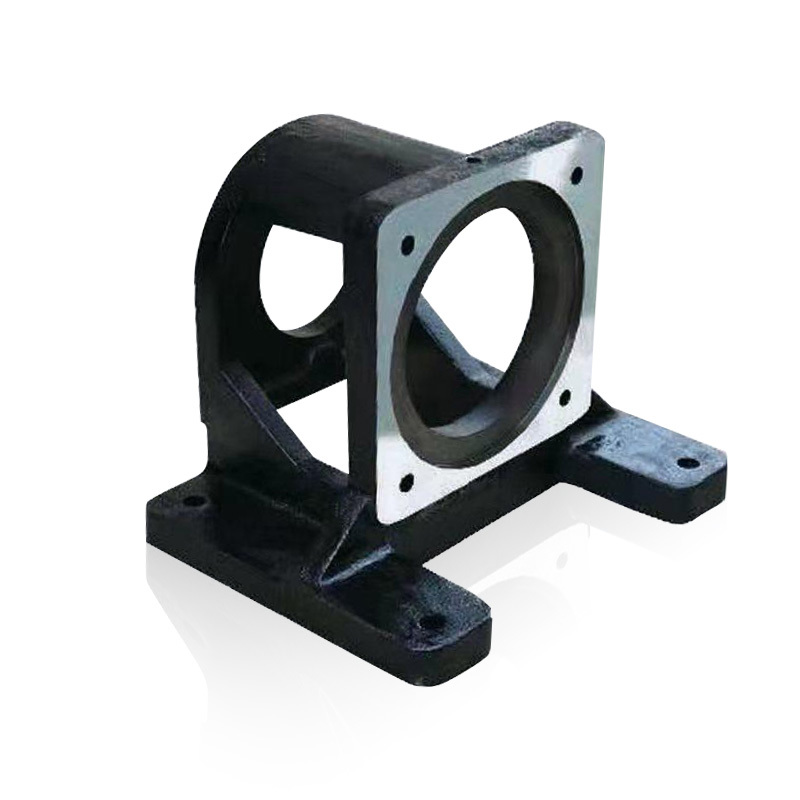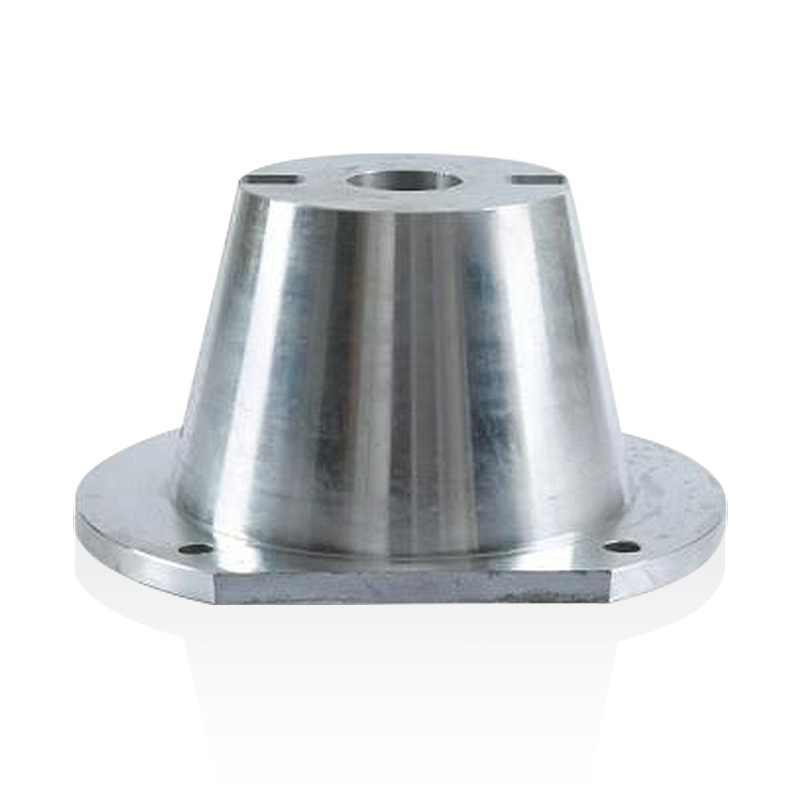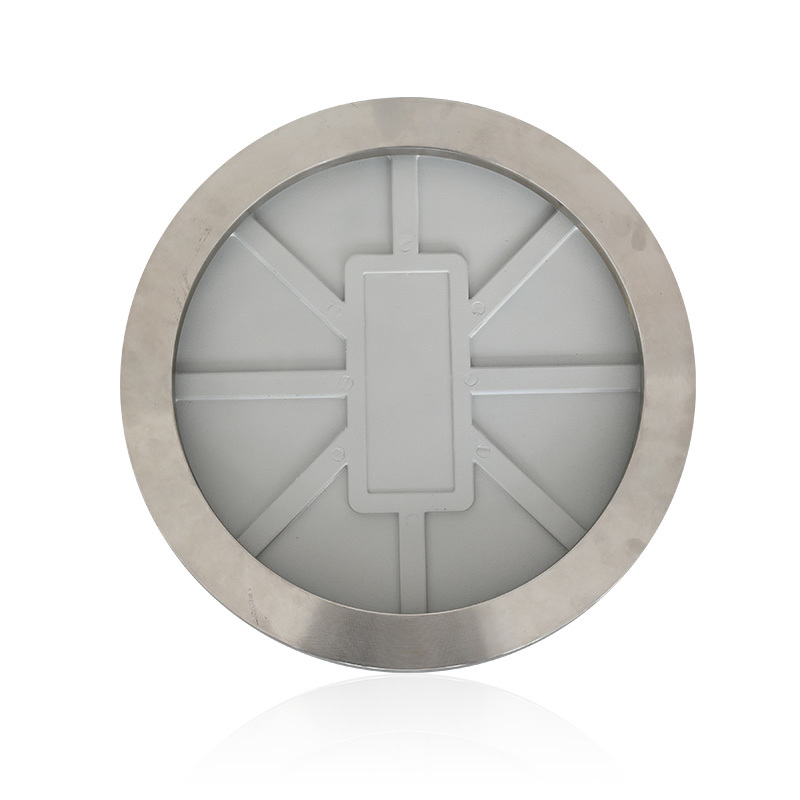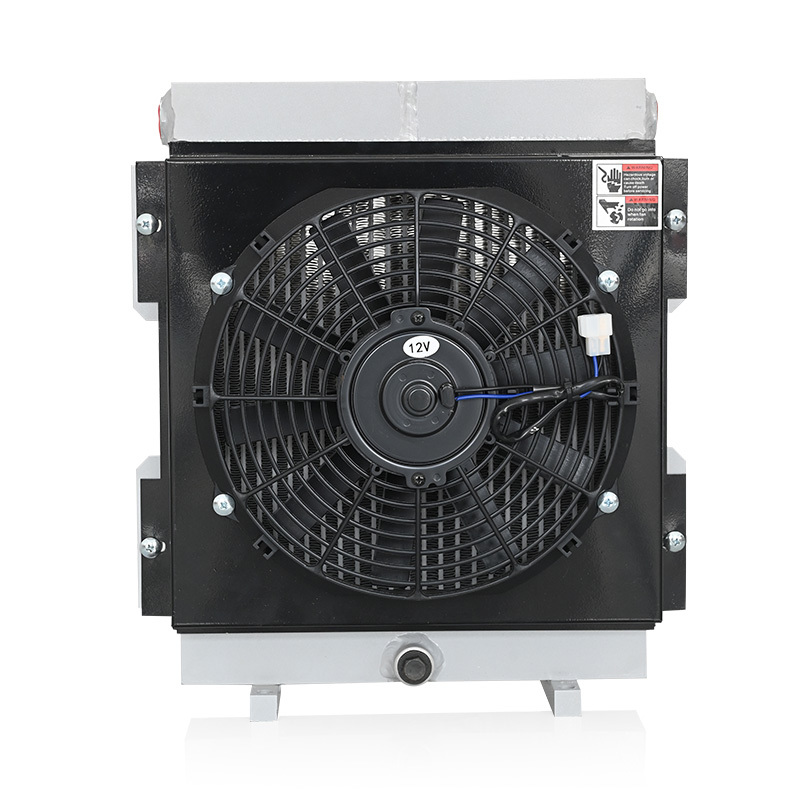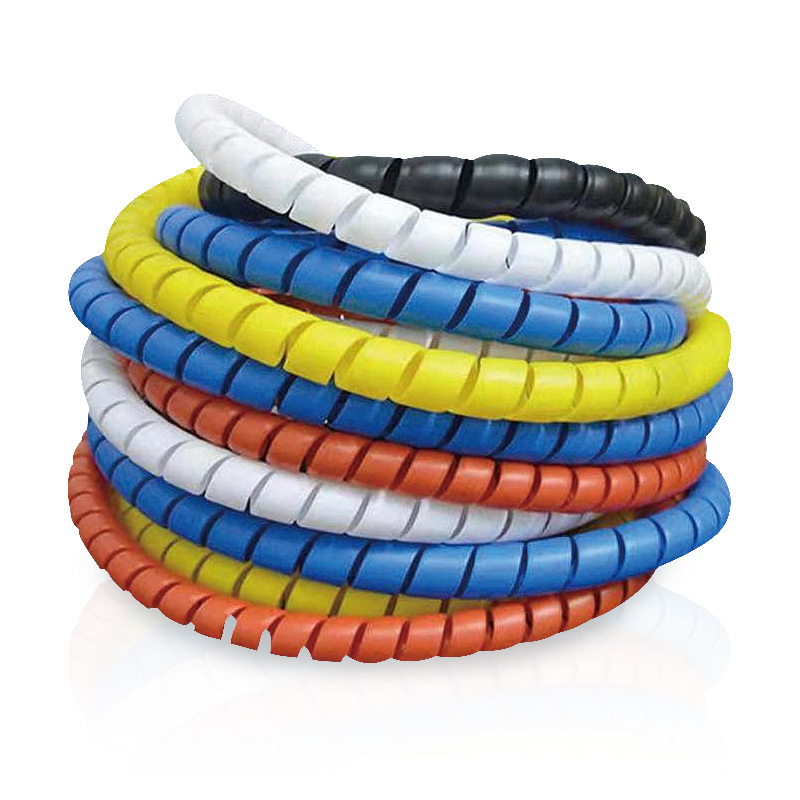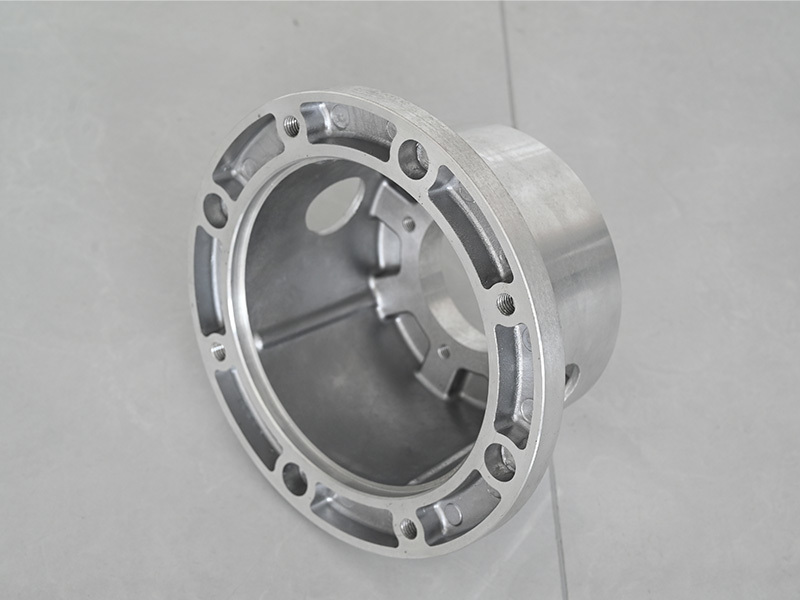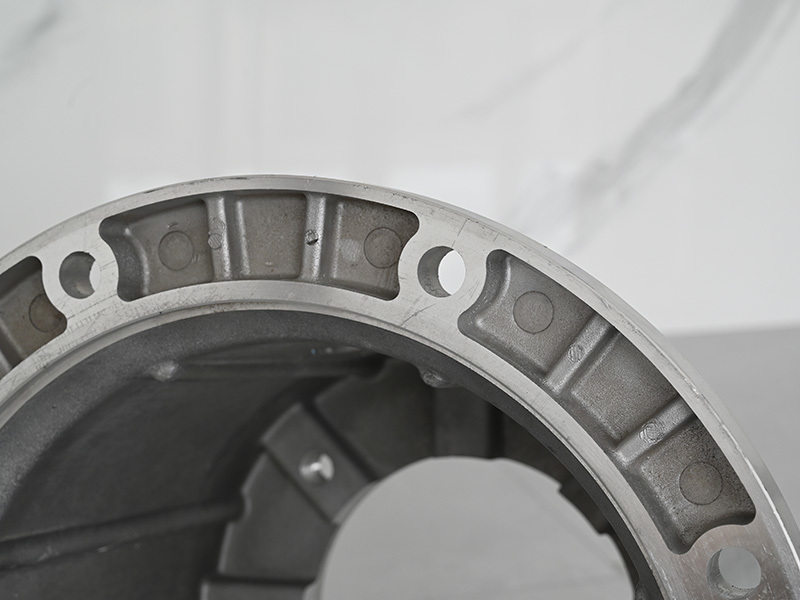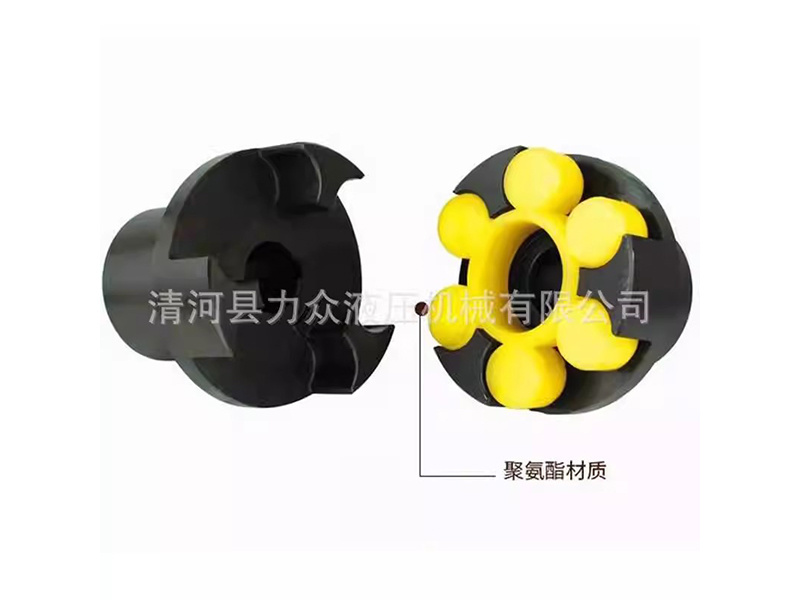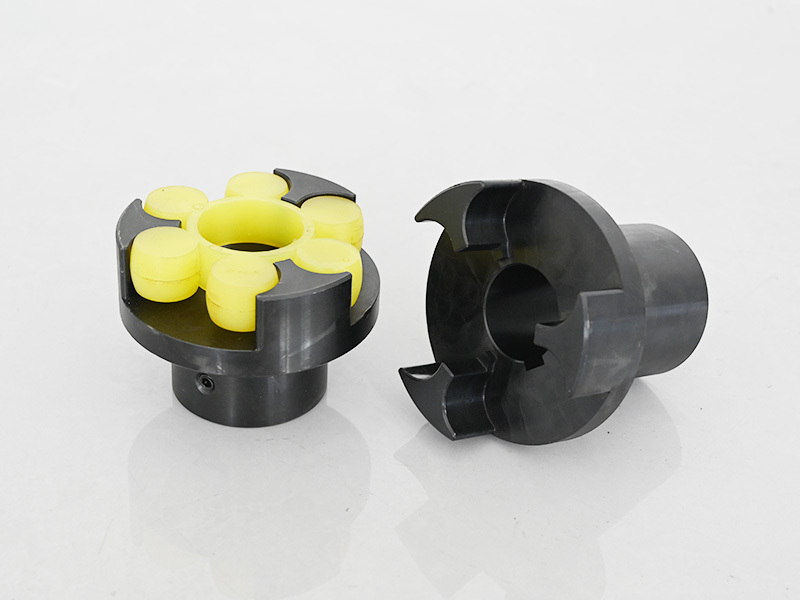Unlocking Efficiency: How Oil Tank Manhole Covers Optimize Maintenance Access
Release Time:
Jul 18,2025
Unlocking Efficiency: How Oil Tank Manhole Covers Optimize Maintenance Access Table of Contents Understanding Oil Tank Manhole Covers The Importance of Maintenance Access Types of Oil Tank Manhole Covers Design Features That Enhance Efficiency Safety Standards and Regulations Installation Best Practices for Oil Tank Manhole Covers Regular Maintenance and Inspection Pro
Unlocking Efficiency: How Oil Tank Manhole Covers Optimize Maintenance Access
Table of Contents
- Understanding Oil Tank Manhole Covers
- The Importance of Maintenance Access
- Types of Oil Tank Manhole Covers
- Design Features That Enhance Efficiency
- Safety Standards and Regulations
- Installation Best Practices for Oil Tank Manhole Covers
- Regular Maintenance and Inspection Protocols
- Conclusion
- FAQs
Understanding Oil Tank Manhole Covers
Oil tank manhole covers are critical components designed to provide access to underground storage tanks (USTs) and aboveground storage tanks (ASTs). These covers facilitate maintenance, inspections, and repairs, ensuring that the oil storage systems function optimally. Made from robust materials, they are engineered to withstand external pressures and environmental conditions while guaranteeing safety and security.
The Importance of Maintenance Access
Efficient maintenance access is essential for the longevity and performance of oil tank systems. Regular access allows for timely inspections, enabling operators to identify and rectify potential issues before they escalate into costly problems. Manhole covers play a pivotal role in ensuring that technicians can easily reach the tank's interior for routine checks, repairs, and cleaning.
By providing a direct pathway to the tank, manhole covers contribute significantly to operational efficiency, reducing downtime and enhancing productivity. Moreover, they minimize the risk of accidents during maintenance procedures, fostering a safer working environment.
Types of Oil Tank Manhole Covers
Understanding the various types of oil tank manhole covers is crucial for selecting the right one for your specific needs. Here, we’ll explore the most common types:
1. Standard Steel Manhole Covers
These are the most widely used covers, known for their durability and strength. Made from high-grade steel, they offer excellent resistance to corrosion and heavy loads.
2. Composite Manhole Covers
Composite covers are lightweight yet incredibly strong. They are often used in applications where weight is a significant concern, allowing for easier handling and installation.
3. Lockable Manhole Covers
Lockable covers provide enhanced security for tank systems, deterring unauthorized access and ensuring that only trained personnel can access the tank. This is particularly important for facilities that store valuable or hazardous materials.
4. Custom Manhole Covers
Custom designs can be created to meet specific requirements, integrating features like drainage systems or ventilation to accommodate unique operational needs.
Design Features That Enhance Efficiency
Effective design features of oil tank manhole covers can significantly impact maintenance efficiency. Here are some key attributes to consider:
1. Easy-to-Open Mechanisms
Manhole covers equipped with user-friendly opening mechanisms reduce the physical effort required to access the tank. This can include hinged designs or covers that can be lifted with minimal force.
2. Gasket Sealing Systems
Advanced sealing systems help prevent leaks and contamination while keeping out debris and water. Ensuring a perfect seal extends the lifespan of the tank and improves safety.
3. Lightweight Materials
Using lightweight materials without compromising strength ensures that manhole covers can be easily handled and installed, reducing the risk of injury during maintenance.
Safety Standards and Regulations
Adhering to safety standards is non-negotiable when it comes to oil tank maintenance. Various regulations govern the design, installation, and maintenance of oil tank manhole covers:
1. Environmental Protection Agency (EPA) Guidelines
The EPA outlines specific regulations to minimize environmental impact, including guidelines for the installation and maintenance of oil storage tanks.
2. Occupational Safety and Health Administration (OSHA) Standards
OSHA establishes safety requirements to protect workers during maintenance operations, including the proper use of personal protective equipment (PPE) and safe access protocols.
3. Industry-Specific Standards
Different industries may have additional standards, such as those set by the American Petroleum Institute (API) or other regulatory bodies, ensuring that manhole covers meet the unique requirements of oil storage and handling.
Installation Best Practices for Oil Tank Manhole Covers
Installing oil tank manhole covers correctly is vital for their performance and effectiveness. Here are best practices to follow:
1. Proper Site Assessment
Conducting a thorough assessment of the installation site is essential. This includes analyzing soil conditions, load requirements, and proximity to other structures.
2. Utilizing Professional Installers
Hiring experienced professionals ensures that manhole covers are installed according to manufacturer specifications and regulatory guidelines, minimizing the risk of improper installation.
3. Regularly Testing Seals and Mechanisms
After installation, it’s crucial to regularly test the sealing systems and opening mechanisms to ensure they function correctly and maintain safety standards.
Regular Maintenance and Inspection Protocols
Establishing a routine maintenance and inspection program is vital for ensuring the longevity of oil tank manhole covers:
1. Scheduled Inspections
Regular inspections should be scheduled at least twice a year, focusing on the condition of the cover, seals, and surrounding area to identify issues early.
2. Documentation of Findings
Keeping detailed records of inspections, maintenance activities, and any repairs made helps maintain compliance with regulations and improves operational efficiency.
3. Immediate Repairs
Addressing any identified issues promptly prevents further damage and maintains the integrity of the oil storage system.
Conclusion
Oil tank manhole covers are essential components for efficient maintenance access within the automotive and parts industry. Their design, material choices, and adherence to safety standards play a significant role in enhancing operational productivity while ensuring safety during maintenance operations. By understanding the types, features, and best practices surrounding these covers, businesses can significantly improve their maintenance efficiency and protect their investments. Implementing regular inspections and adhering to safety regulations will not only extend the lifespan of the oil storage systems but also promote a safer working environment for all personnel involved.
FAQs
1. What is the primary function of an oil tank manhole cover?
The primary function is to provide safe and easy access to underground or aboveground oil storage tanks for maintenance and inspections.
2. How often should oil tank manhole covers be inspected?
It is recommended to inspect oil tank manhole covers at least twice a year, or more frequently if environmental conditions warrant it.
3. Are there different sizes of manhole covers available?
Yes, manhole covers come in various sizes and designs to accommodate different tank types and installation requirements.
4. Can I install an oil tank manhole cover myself?
While it is possible to install a manhole cover independently, hiring a professional is advisable to ensure compliance with safety standards and proper installation.
5. What materials are oil tank manhole covers made from?
Manhole covers can be made from steel, composite materials, or specialized alloys, each providing different benefits in terms of strength, weight, and corrosion resistance.
Keywords:
You Can Also Learn More About Industry Trends


